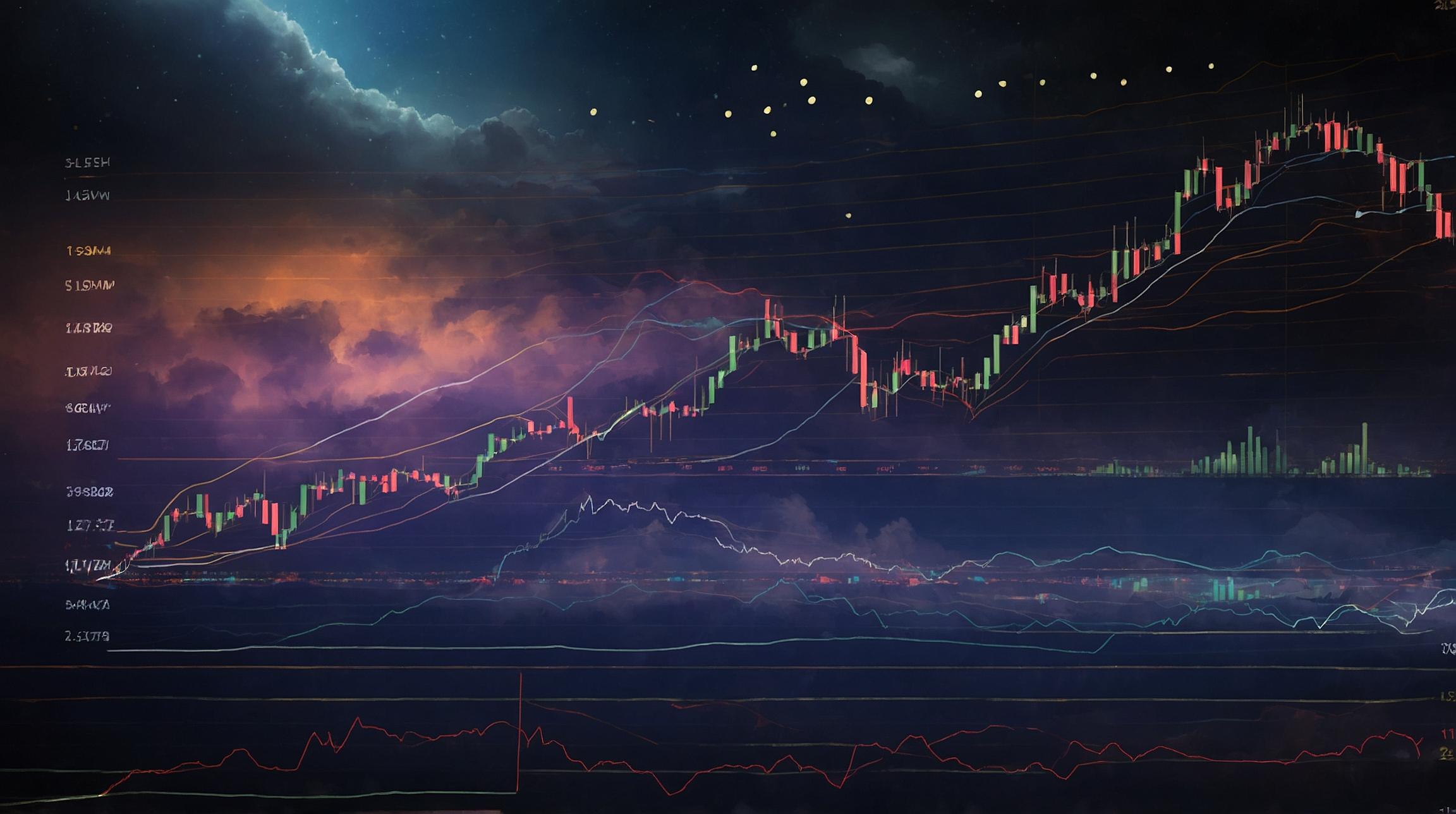As an investor, it’s important to keep an eye on the stock market and be aware of the potential for a correction. Recently, there has been speculation that an intermediate-term correction may be on the horizon, especially given the seasonally questionable August time period. This is a time when trading tends to be thin, and the market is easier to move in one direction or another. While August is not known for being a great month in terms of market performance, September is even worse, and October has the worst reputation of all.
But how can we tell if this is just a correction or the start of something bigger? The truth is, we can’t know for sure. However, this year has seen the economy and the stock market surprising us on the upside, so it might be worth giving them the benefit of the doubt. To set a target for this potential correction, it would be advisable to look at the 50-day moving average, which is represented by the red line on the graph below. Another possible, but less probable, target could be the 200-day moving average, represented by the blue line.
Of course, there is always the chance that a bigger correction could be triggered by an unforeseen event. In the past, we’ve seen things like big bank failures or geopolitical conflicts causing disruptions in the market. There are several factors to consider, such as hostilities in Ukraine spiraling out of control, a sharp move in Japanese interest rates and the yen, or an overshoot by the Fed that causes U.S. economic numbers to deteriorate.
One factor that we are already seeing have an impact on the stock market is the rise in U.S. interest rates. In the past three months, rates have been moving up, and the stock market has started to take notice. In 2022, when the 10-year yield was under upside pressure, we saw notable underperformance in NASDAQ. This improved as the 10-year rate hit its intraday high of 4.33% in October 2022. On Friday, we saw rates rise above 4.20% after a good, but not hot, employment report.
It’s hard to imagine a scenario where the stock market would react positively to a move of the 10-year rate back above its multi-year high of 4.33%. Previously, I thought that 4.33% would be the high mark for this cycle, but now that we are just 13 basis points away from it, it might be time to reconsider.
Another puzzle that investors are trying to figure out is the housing market. Many have been waiting for housing prices to correct, partly due to higher mortgage rates. However, this hasn’t happened, and there are several reasons why. Firstly, many people are locked into lower fixed-rate mortgages and don’t want to move, resulting in low inventory of homes on the market. Secondly, home builders are still recovering from the housing bubble and bust in the 2000s, which caused them to build far fewer homes than the normal rate of household creation in the U.S. since 2009. Some estimates say that there is a shortage of 3-5 million homes compared to previous hot housing markets.
Despite the higher mortgage rates, the housing market remains strong due to the low unemployment rate and the shortage of workers in an expanding economy. While the labor force participation rate is rising, it has not yet reached pre-pandemic levels. It is important to note that the labor market is not the cause of inflation in the U.S., so looking to it for excuses on inflation is the wrong approach. Instead, we should focus on the $6 trillion in COVID deficit spending in 2020-2021 that the Fed helped monetize. Powell’s quantitative easing measures were much larger in size and much faster than those implemented during the Obama years, leading to record deficits.
Overall, it’s crucial to pay attention to the factors that could potentially impact the stock market and the economy. While we can’t predict with certainty what will happen, staying informed and being prepared can help navigate through any potential corrections or disruptions that may arise.













